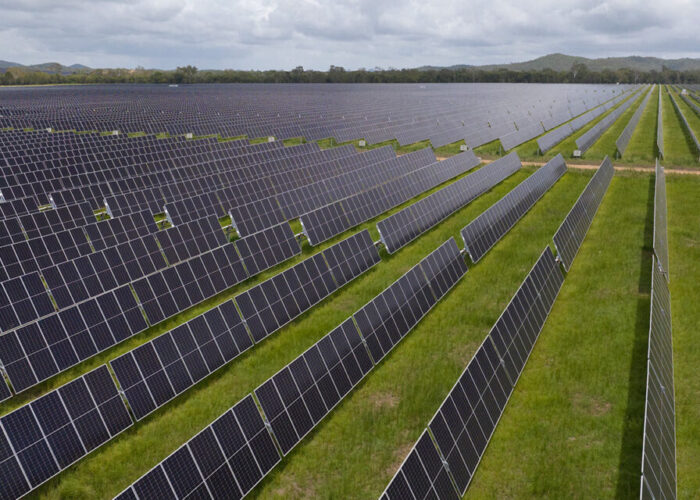
As the solar industry in Ukraine grinds to a standstill because of the impact of the war – it has resulted in capacity losses of more than 1GW already and stopped most PV deployment in certain regions – several trade bodies have called for the country’s recovery to be led by renewables, with the aim of reaching 50% of electricity production by 2030.
Unlock unlimited access for 12 whole months of distinctive global analysis
Photovoltaics International is now included.
- Regular insight and analysis of the industry’s biggest developments
- In-depth interviews with the industry’s leading figures
- Unlimited digital access to the PV Tech Power journal catalogue
- Unlimited digital access to the Photovoltaics International journal catalogue
- Access to more than 1,000 technical papers
- Discounts on Solar Media’s portfolio of events, in-person and virtual
Any such recovery would need to enact some regulatory changes in order to boost the solar residential sector and the Solar Energy Association of Ukraine (ASEU) is currently working with the country’s Ministry of Energy on a net energy billing scheme that could bolster solar rooftop in small and medium enterprises, according to its CEO, Artem Semenyshyn.
“We target to have as a recovery measure, one million of solar rooftops across Ukraine,” said Semenyshyn.
Given the ongoing war in Ukraine, Semenyshyn says he hopes that goal can be reached by 2030, with rooftop PV expected to do a lot of heavy lifting when it comes to the substitution of coal generation – coal is a significant share of Ukraine’s electricity mix, with 14GW that needs to be phased out in the coming years – as well as the expansion of renewables in the country.
“Solar will play an important role in the energy transition from fossil fuels to a more stable, renewable energy system,” said Semenyshyn.
Implementing the EU’s initiative to make rooftop solar compulsory in all new public and commercial buildings by 2026 and all new residential buildings by 2029 would also give a much needed push to the rooftop segment in Ukraine, according to Semenyshyn.
Despite the war and its uncertain outcome complicating the trade body’s estimations in terms of solar supply need by 2030, Semenyshyn said the trade body has calculated that in an energy transition scenario, installed solar PV capacity would need to reach at least 17GW by 2030.
The trade body is even looking to get up to 20GW of residential and utility-scale solar capacity installed. Currently the country has 7GW of solar installed capacity and would thus need at least 10GW more by the end of the decade.
This solar capacity would help to reach 50% of electricity production coming from renewables by 2030, a target that several European trade bodies asked for earlier this year, including the ASEU, as they called for EU and Ukrainian policymakers to set up a technological and investment partnership.
However, that target represents adding new renewable capacity as well as phasing out coal plants and shutting down nuclear power stations that have been targeted or damaged during the war.
“We need to start decommissioning nuclear power plants that currently count around 40 to 50% of electricity production. They have been built almost 40 years ago,” said Semenyshyn, adding that the country already gets 8% of its power from large hydro plants, going some way to the target of 50% renewable penetration. The rest would be coming from solar, wind, biomass and small hydro power, he said.
One key offtaker in this process will be Ukraine’s production industries, particularly those hard to abate sectors who rely heavily on electricity resources. Moreover, Ukraine has been relatively spared from the ongoing energy crisis affecting many countries in Europe.
“The price on the Ukrainian day ahead market is six times less than in the Romanian electricity market,” noted Semenyshyn, adding that this could help attract manufacturing companies to Ukraine, which could help drive down costs further.
The other relevant aspect of a renewables recovery for Ukraine would be the production of green hydrogen using solar PV to power it. Semenyshyn said he sees the potential for renewable hydrogen which would mostly be produced to export into the EU as it aims to produce and import up to 20 million tonnes by 2030.
PV Tech publisher Solar Media will be organising the second edition of Large Scale Solar CEE in Warsaw, Poland during 8-9 November. The event will focus on Eastern Europe with a packed programme of panels, presentations and fireside chats from industry leaders responsible for the build out of solar and storage projects in Poland, Bulgaria, Romania, Greece and Hungary.







